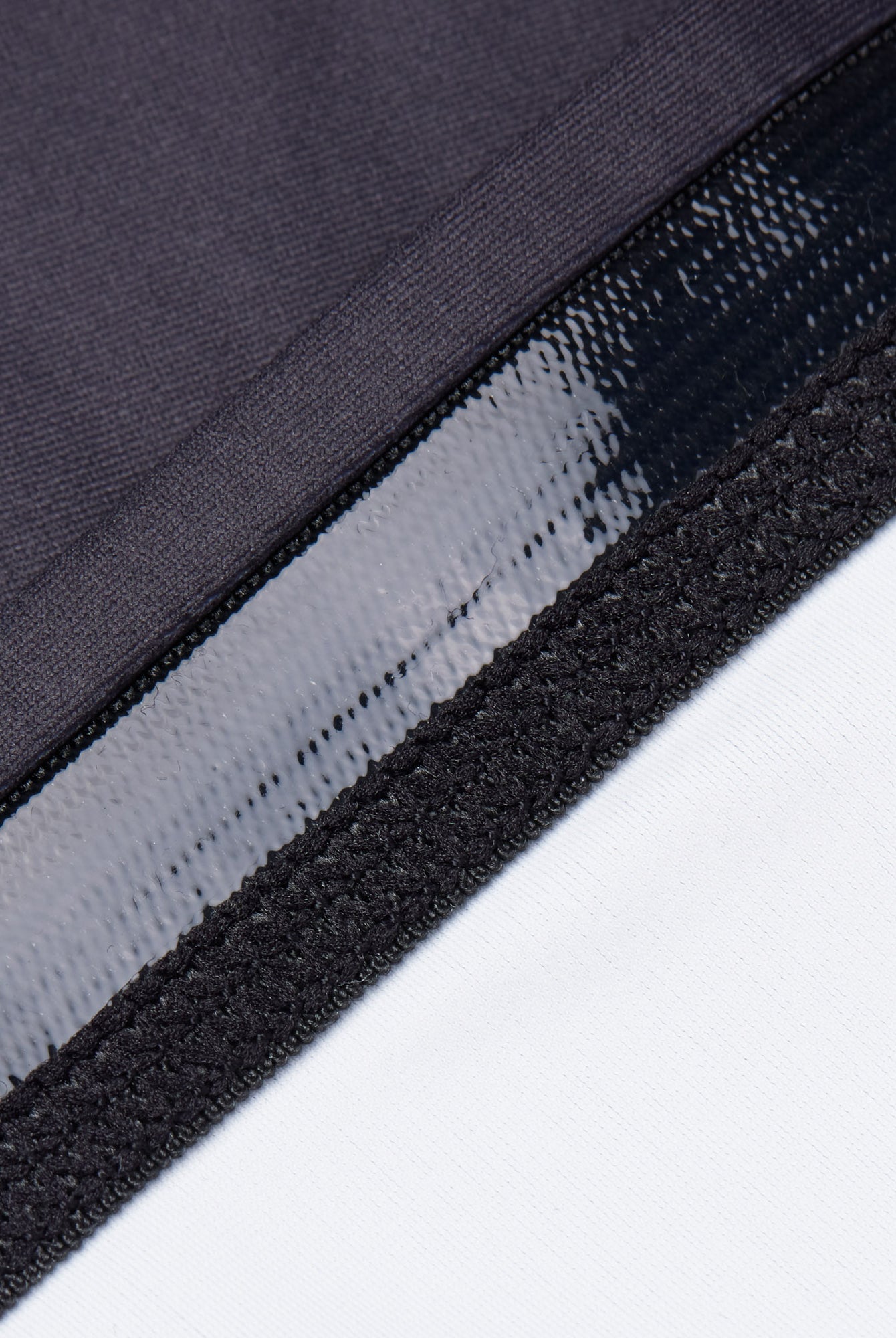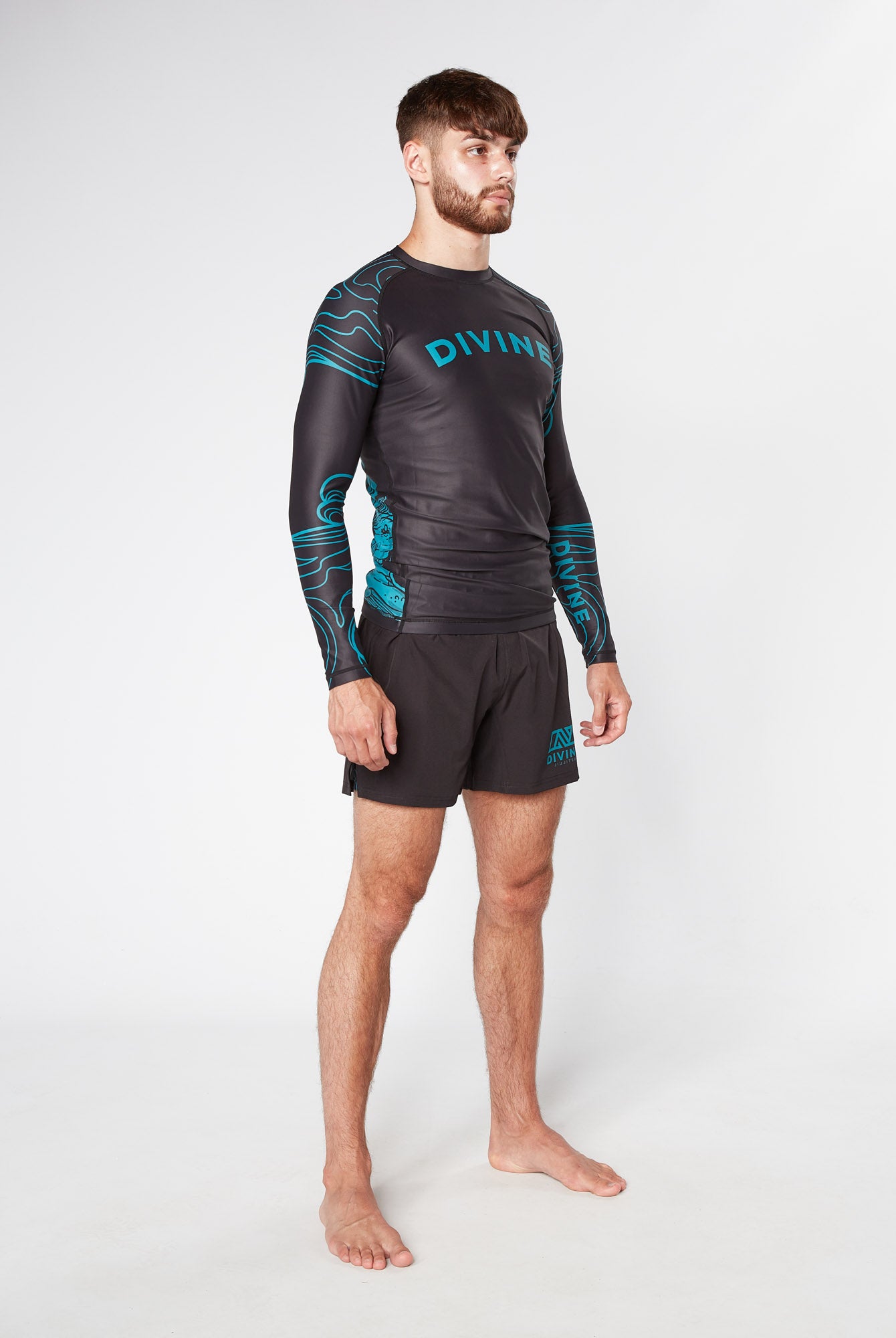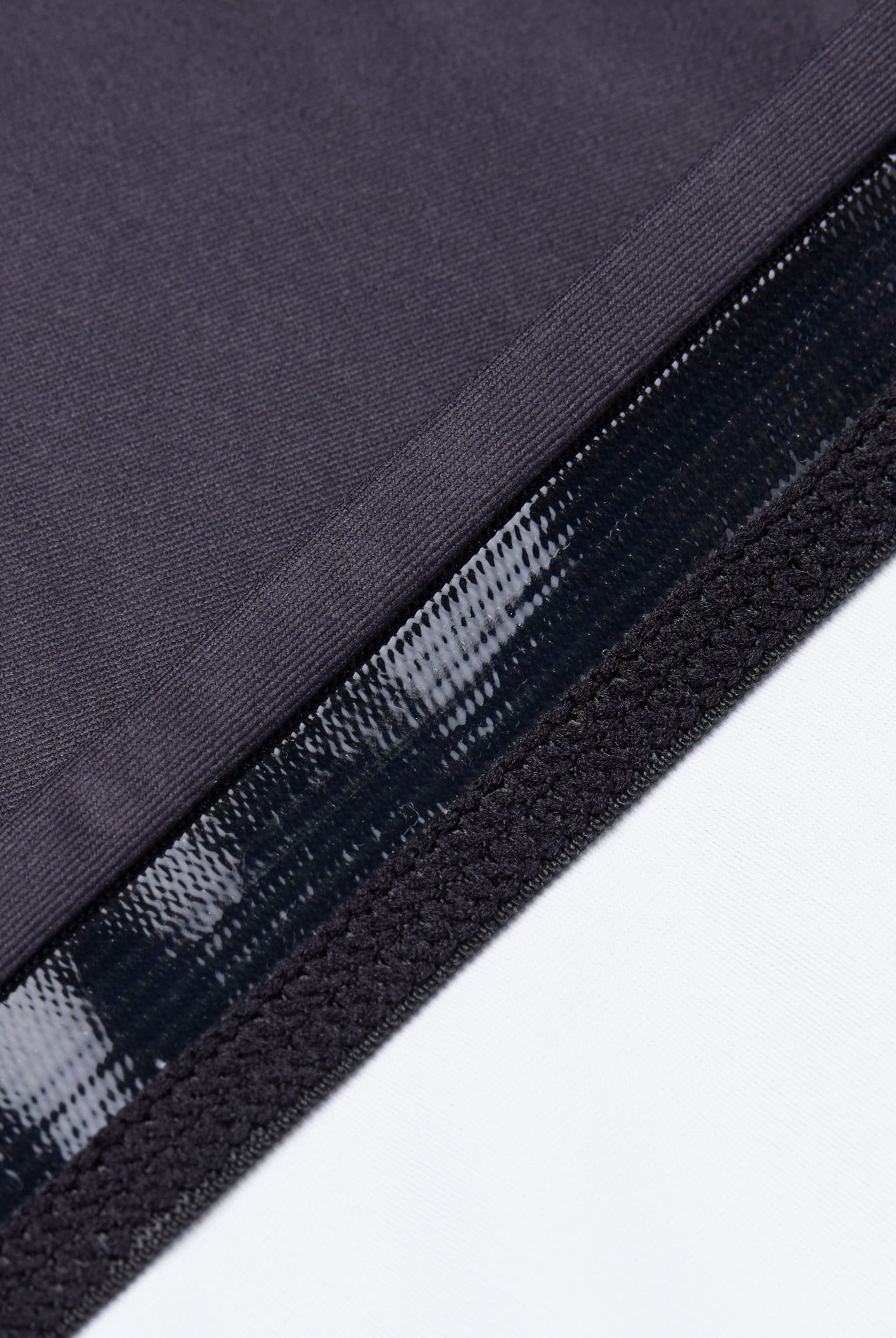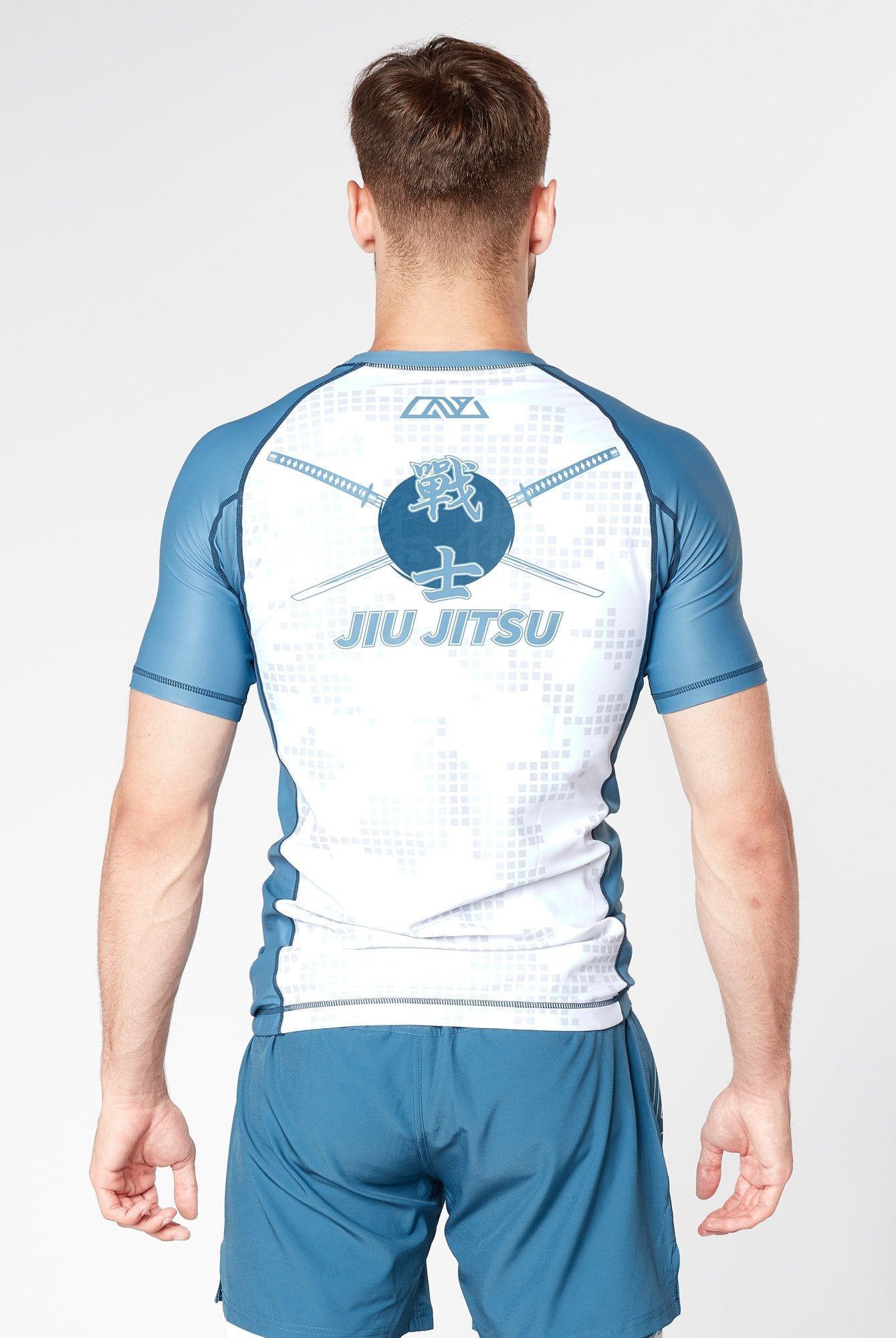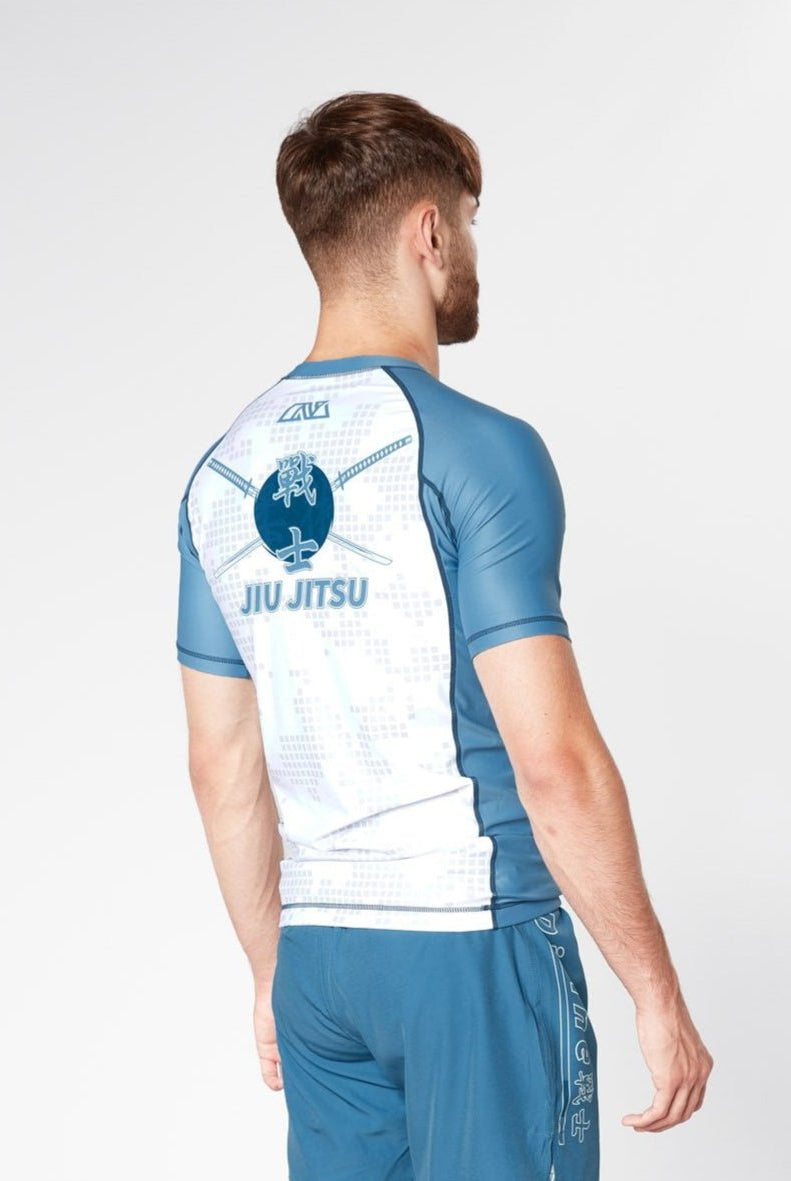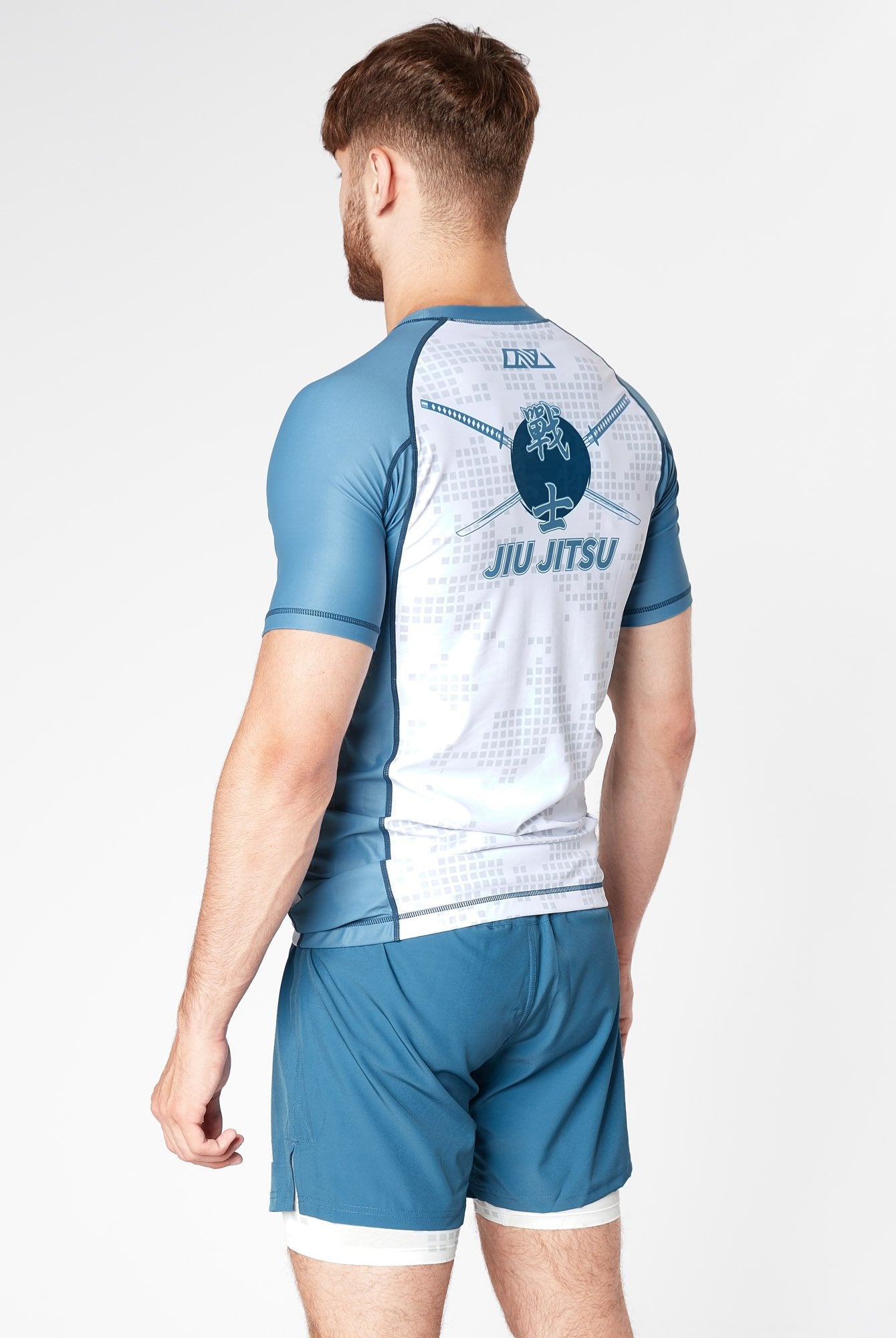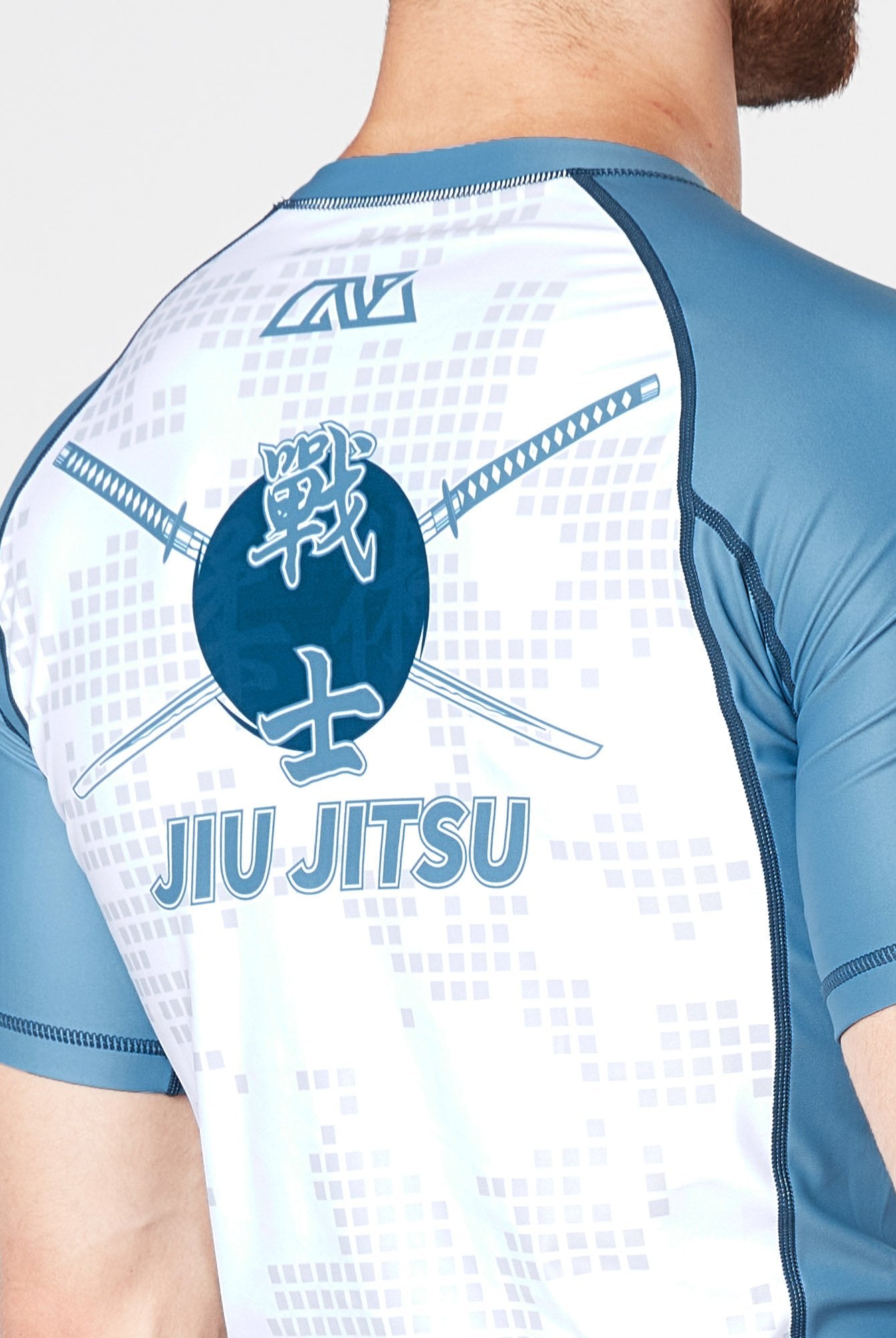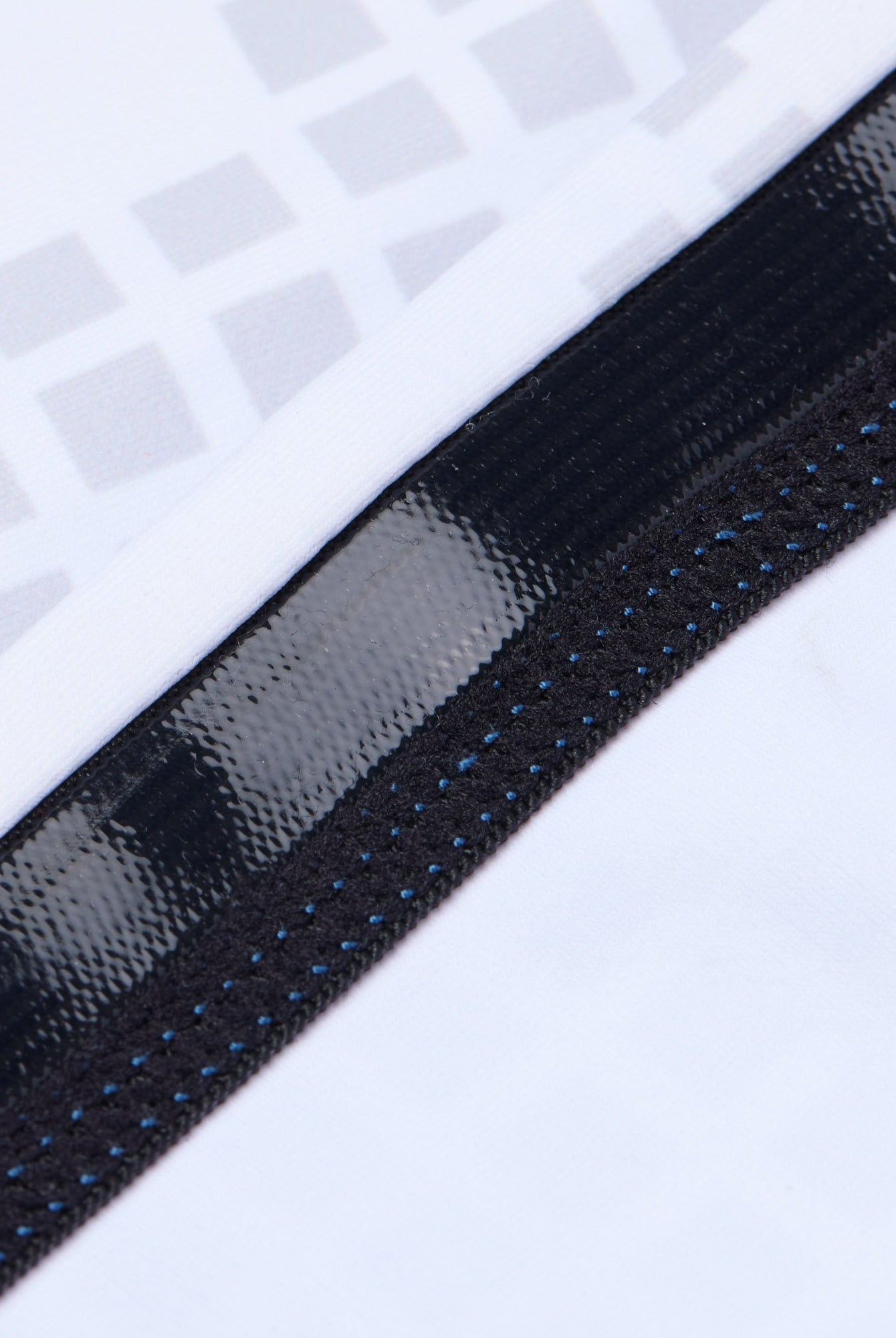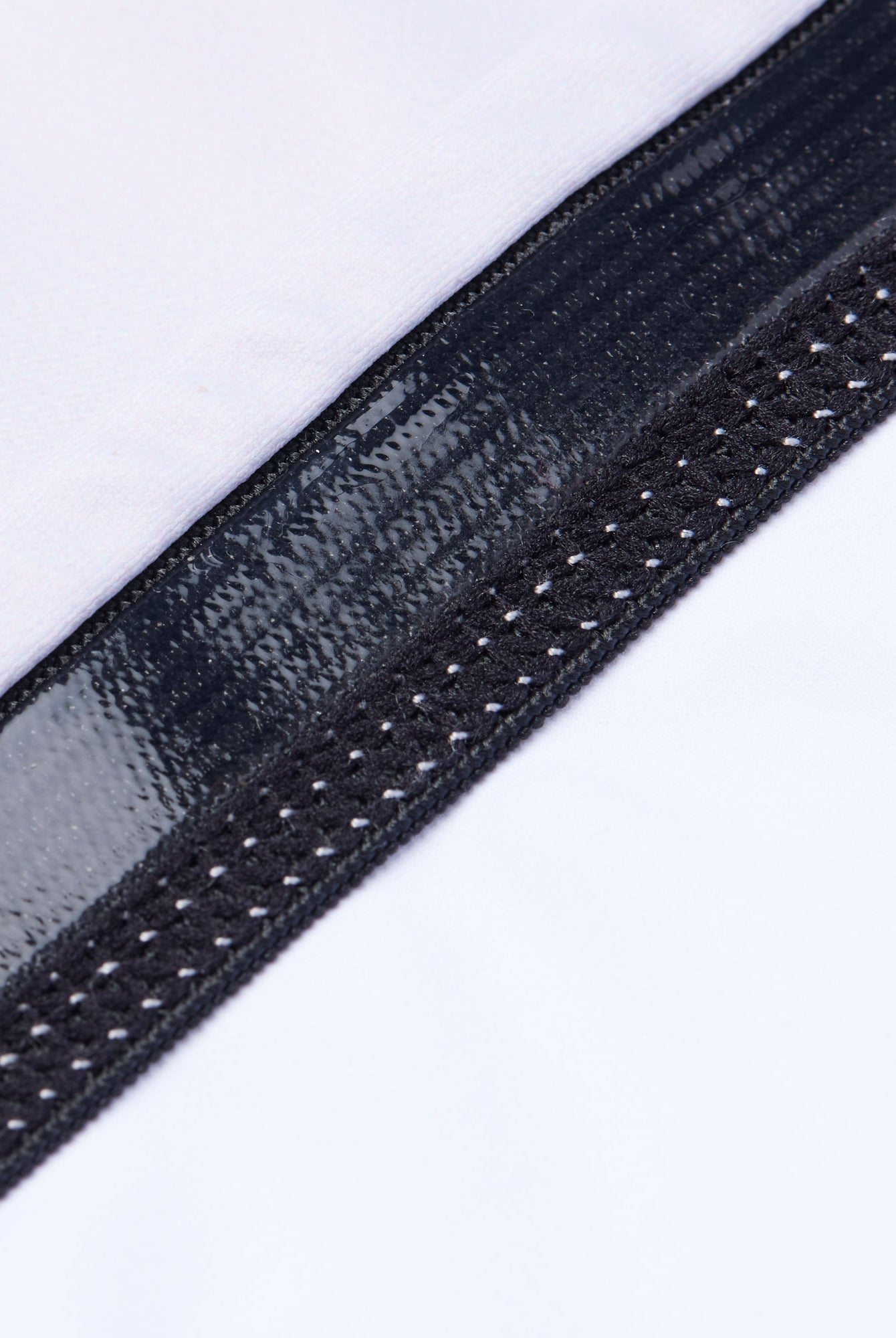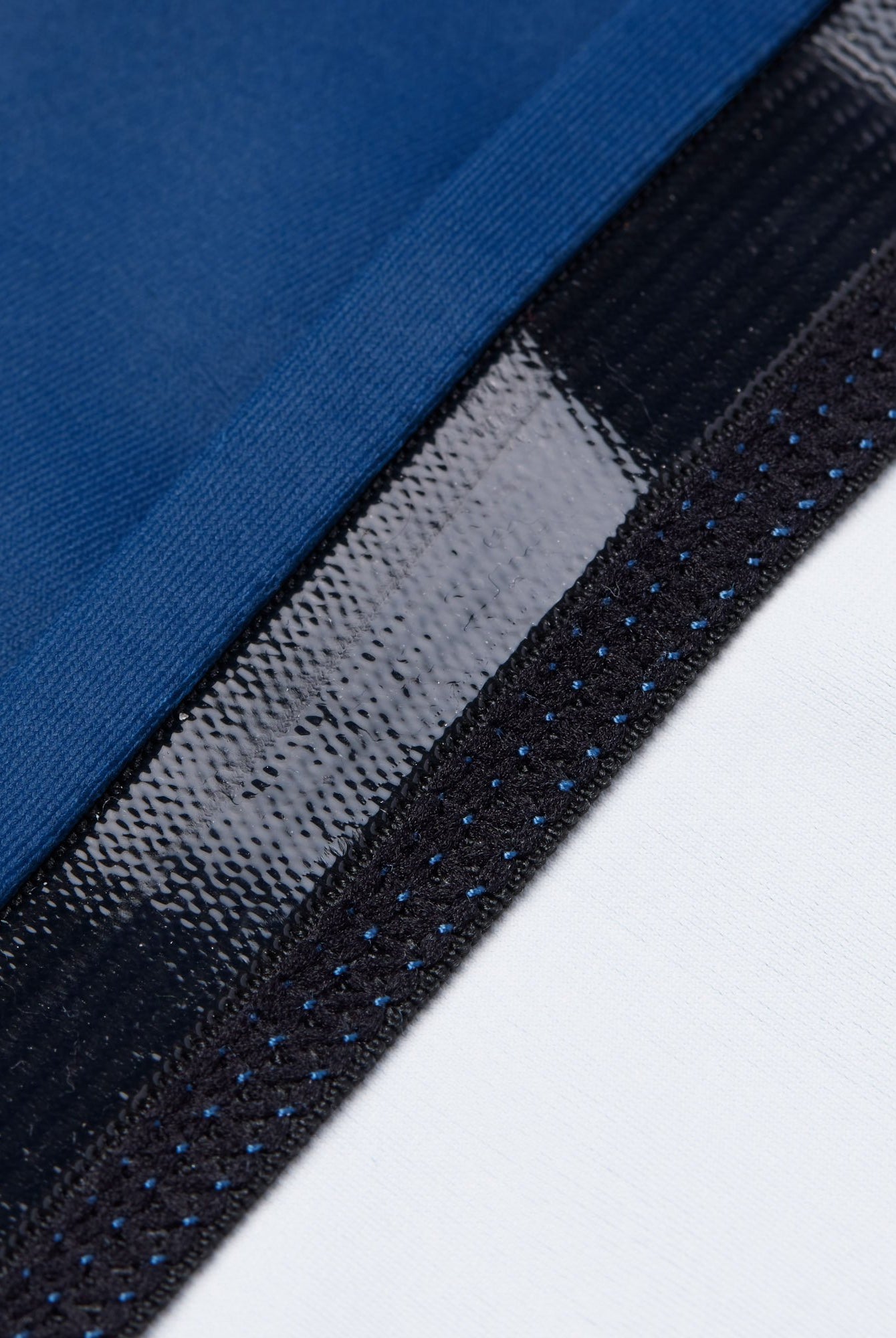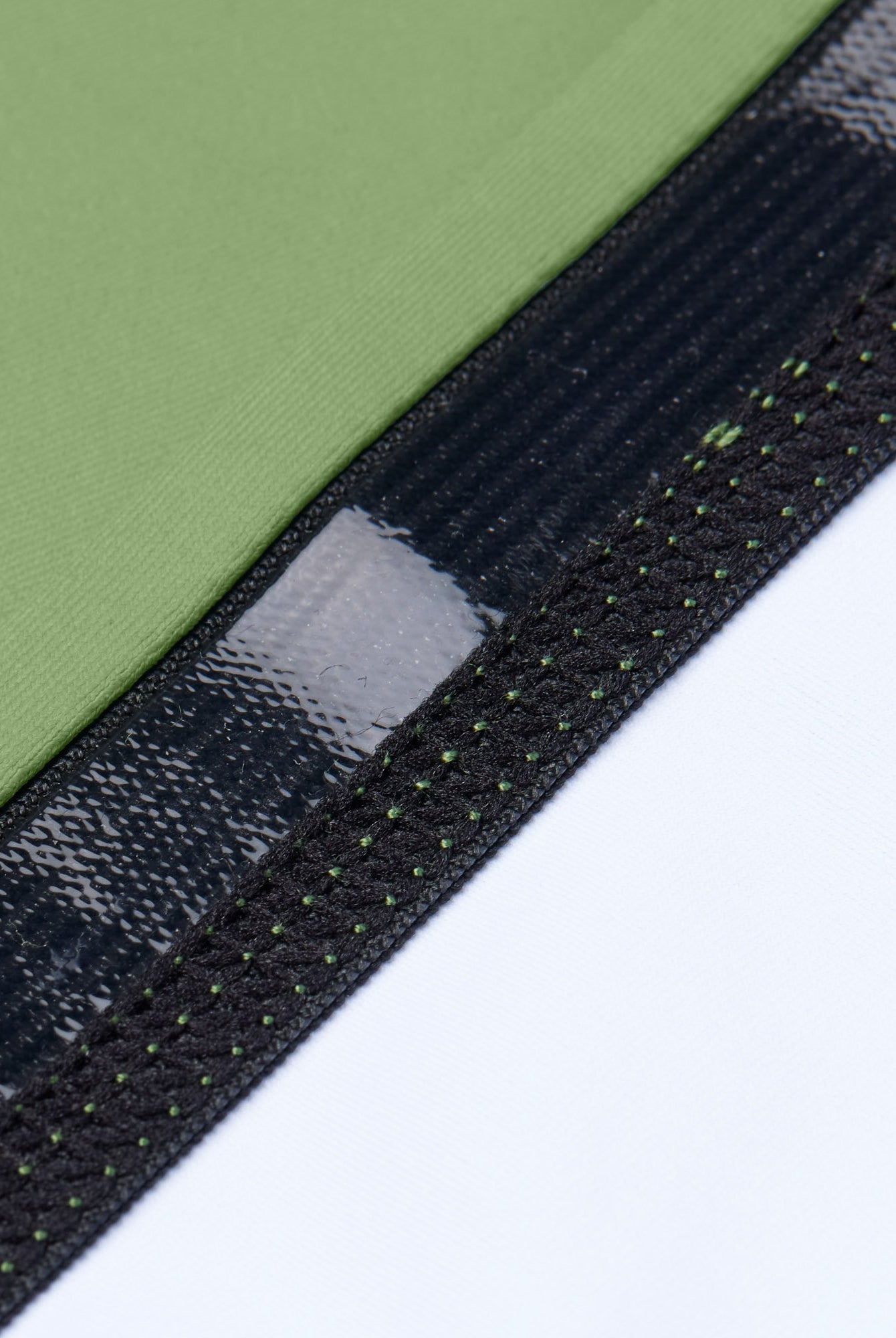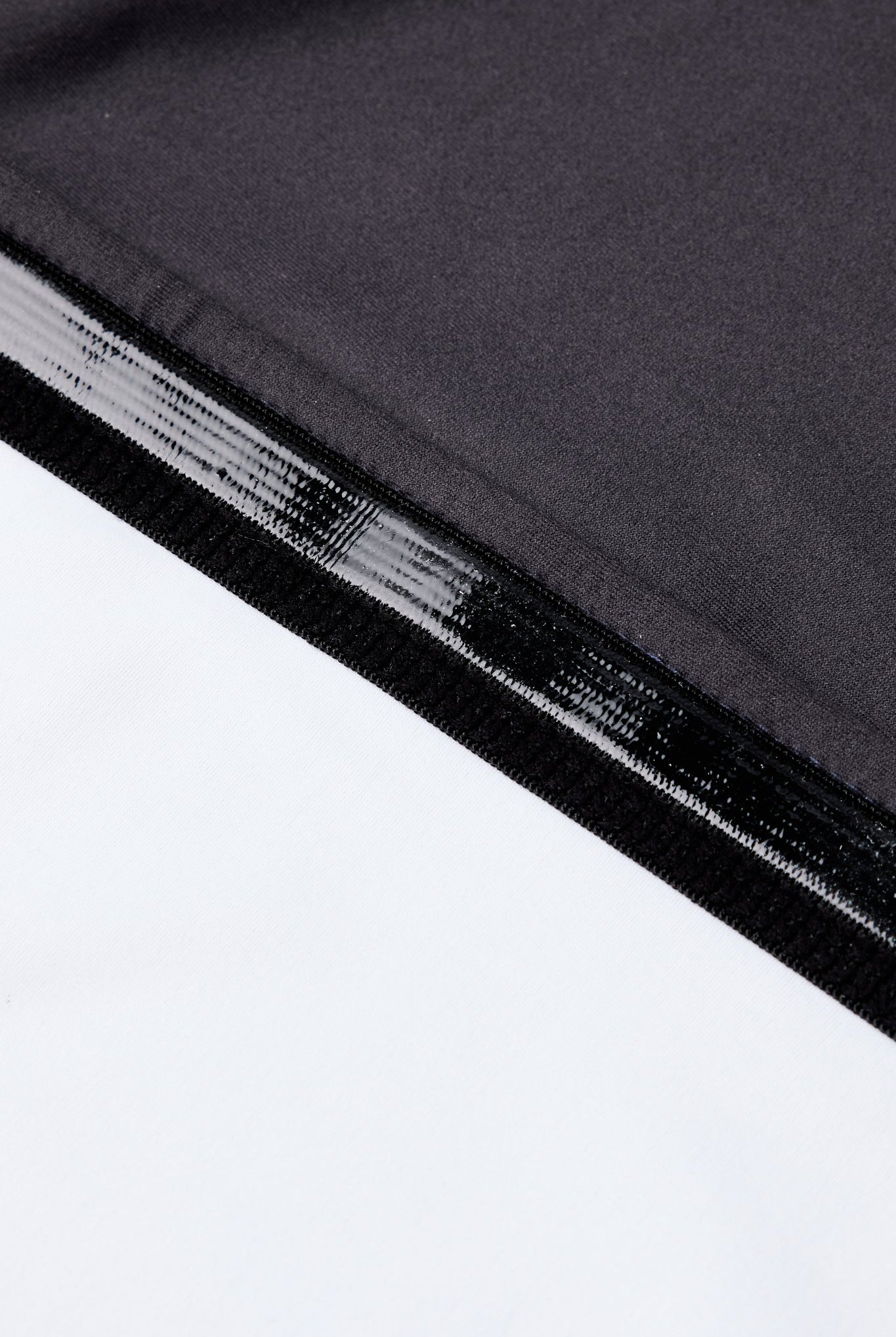Exploring the Integration of Techniques

In the world of martial arts, the integration of techniques across styles can enhance a practitioner's effectiveness. Many grapplers in Brazilian Jiu-Jitsu (BJJ) wonder if judo throws can be seamlessly adapted to their training. Yes, judo throws can be effectively used in BJJ, providing an advantage in takedowns and establishing positional dominance.
Understanding the mechanics of judo throws not only aids in executing them but also offers insight into countering opponents. BJJ practitioners can benefit from the explosive movement and balance techniques inherent in judo. This exploration of cross-training can lead to improved performance on the mat and a deeper grasp of grappling as a whole.
The fusion of judo throws with BJJ principles presents exciting opportunities for skill enhancement. As martial artists seek to broaden their arsenal, examining how these two disciplines complement each other can spark both curiosity and motivation to train harder.
Fundamentals of Judo and BJJ
Judo and Brazilian Jiu-Jitsu (BJJ) share common roots in grappling, yet they emphasize different techniques and strategies. Understanding the fundamentals of each martial art highlights their unique approaches and allows practitioners to appreciate their respective strengths.
Overview of Judo Techniques
Judo techniques primarily focus on throws and takedowns. The objective is to unbalance the opponent and bring them to the ground. Key techniques include:
- Nage-waza: Throwing techniques, such as O Soto Gari and Ippon Seoi Nage.
- Ne-waza: Ground techniques, although less emphasized than in BJJ, include pins and submissions.
Judokas aim to score points through effective throws, with an Ippon (full point) being awarded for a clean throw. Judo practitioners benefit from timing and grip fighting, which are crucial for achieving successful throws.
Overview of BJJ Techniques
Brazilian Jiu-Jitsu emphasizes ground fighting and positional control. The main techniques include:
- Guard Positions: Such as closed guard and open guard, which allow for control and submission opportunities.
- Submissions: Techniques like the triangle choke and armbar focus on finishing an opponent.
In BJJ, practitioners learn to navigate positions effectively, transitioning from defense to offense. Strategies prioritize leverage over strength, making it accessible to individuals of all sizes.
Rules and Scoring Differences
The scoring systems in Judo and BJJ reflect their unique objectives.
In Judo, points are awarded for the following:
- Ippon: Complete throw.
- Waza-ari: A near ippon.
In contrast, BJJ scoring typically includes:
- Takedowns: Points for bringing an opponent to the ground.
- Positional Control: Points for maintaining dominant positions like mount or back control.
Fouls and penalties also differ, affecting how techniques are applied. Understanding these distinctions aids practitioners in adapting techniques from Judo to BJJ.
Applying Judo Throws in BJJ
Integrating judo throws into Brazilian Jiu-Jitsu requires specific adjustments to grips and posture. Additionally, it demands strategic consideration to effectively utilize these techniques in a grappling context.
Adapting Grips and Posture
In BJJ, grip adaptations are essential for effective judo throw execution. Practitioners should focus on achieving a strong, secure grip that allows for control and leverage. Common judo grips, like the lapel and sleeve grips, can be modified to suit BJJ’s positional dynamics.
Posture also plays a crucial role. In judo, one often maintains a more upright stance, while in BJJ, a lower stance is often utilized for guard work and stability. Transitioning between these postures smoothly is vital to set up throws effectively. They must remain aware of their opponent's balance to maximize the throw's potential.
Strategic Considerations in BJJ
When applying judo throws in BJJ, strategy becomes critical. Practitioners must recognize the right moments to initiate a throw, often looking for openings during transitions or scrambles. Timing and distance management are crucial elements.
It can be beneficial to assess an opponent’s reactions to stances and movement patterns. Using set-up techniques, such as fakes or misdirections, can create favorable conditions for a throw. Practitioners must also be mindful of their positioning after a throw, ensuring they can quickly transition into a dominant position or counter any potential scrambles from their opponent.
Training and Integration
Integrating judo throws into Brazilian Jiu-Jitsu (BJJ) requires specific training methods that enhance grappling skills. Practitioners should focus on drilling techniques and gradually incorporating them into sparring scenarios.
Drilling Judo Throws for BJJ
Drilling is essential to master judo throws before integrating them into BJJ practice. Participants should begin with basic throws, such as O Goshi (hip throw) and Seoi Nage (shoulder throw), ensuring they understand the mechanics involved.
A structured approach, such as the following, can be beneficial:
- Warm-up drills to prepare physically and mentally.
- Partner drills allow practitioners to practice throws with resistance.
- Situational drills emphasize specific scenarios where a throw can be applied effectively.
Reinforcing the connection between timing, balance, and leverage is crucial. Practicing in a safe environment helps build confidence for using these techniques in live situations.
Incorporating Throws into BJJ Sparring
Once judo throws are drilled, the next step is integrating them into sparring sessions. Practitioners should start with light sparring, focusing on timing the throws correctly.
To successfully incorporate throws, consider the following strategies:
- Set specific goals: For example, aim to execute a specific throw during a roll.
- Identify entry points: Understanding potential openings in an opponent's guard assists in executing throws.
- Communicate with sparring partners: Discussing the desired focus before sparring can improve trust and effectiveness.
Variability in sparring intensity allows for better adaptation to different situations. Regular practice of throwing techniques within BJJ sets the foundation for seamless integration into overall grappling strategies.












